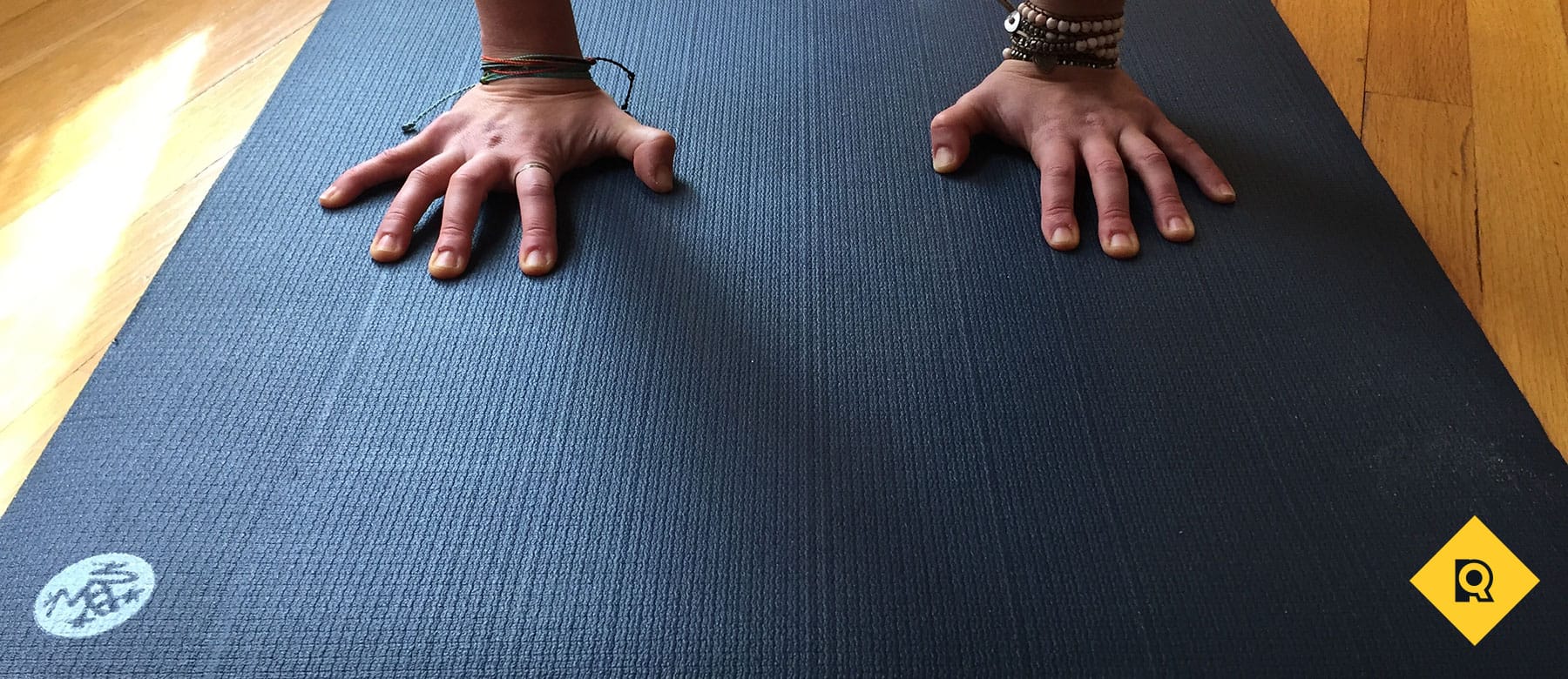When I talk about Yoga for Healing the eyes of most yogis glaze over, even teachers that have their own studios. What I've learned is there is a fundamental misunderstanding what yoga is, an ancient practice for healing both the mind and body. Western thinking has turned the practice into mostly physical training. My specialty, influenced by Manju Jois who brought Ashtanga yoga to America in 1975 with his father, is healing. I've worked with students recovering from surgeries, cancer, emotional problems, emphysema and other issues. Of course I've also worked with people just interested in the physical side too including training athletes at the University of Pennsylvania, some have advanced into deeper exploration of their practices.
One of the things I find most disturbing in our society is how prevalent sexual abuse is, somehow to the point that the U.S. elected a president with many accusations and we have a serving senator accused of child abuse. There are even accusations against influential people in the yoga community. Of course accusations do not prove guilt or intent so I expect some accused are innocent.
One of the more important things that yoga teaches us is non-attachment, the things that happen to us, disease or different forms of abuse, are separate from who we are. Once we allow
those things as part of us, in my view they create a barrier to the healing process. When my 80 year
old mother was diagnosed with cancer I found it interesting that she had a yogic view that she saw it as not a part of her, but an invader that just did not belong.
I encourage further exploration of of healing aspects of yoga and welcome questions on this forum, privately via my website at www.AshtangabyAllen.Com , and with your personal teachers and therapists. I am also available via Skype for life coaching and consultations, email directly at AshtangabyAllen@att.net .
One of the more important things that yoga teaches us is non-attachment, the things that happen to us, disease or different forms of abuse, are separate from who we are. Once we allow
those things as part of us, in my view they create a barrier to the healing process. When my 80 year
old mother was diagnosed with cancer I found it interesting that she had a yogic view that she saw it as not a part of her, but an invader that just did not belong.
I encourage further exploration of of healing aspects of yoga and welcome questions on this forum, privately via my website at www.AshtangabyAllen.Com , and with your personal teachers and therapists. I am also available via Skype for life coaching and consultations, email directly at AshtangabyAllen@att.net .









